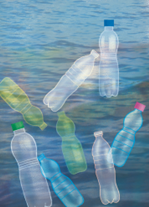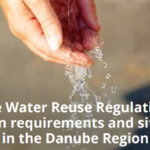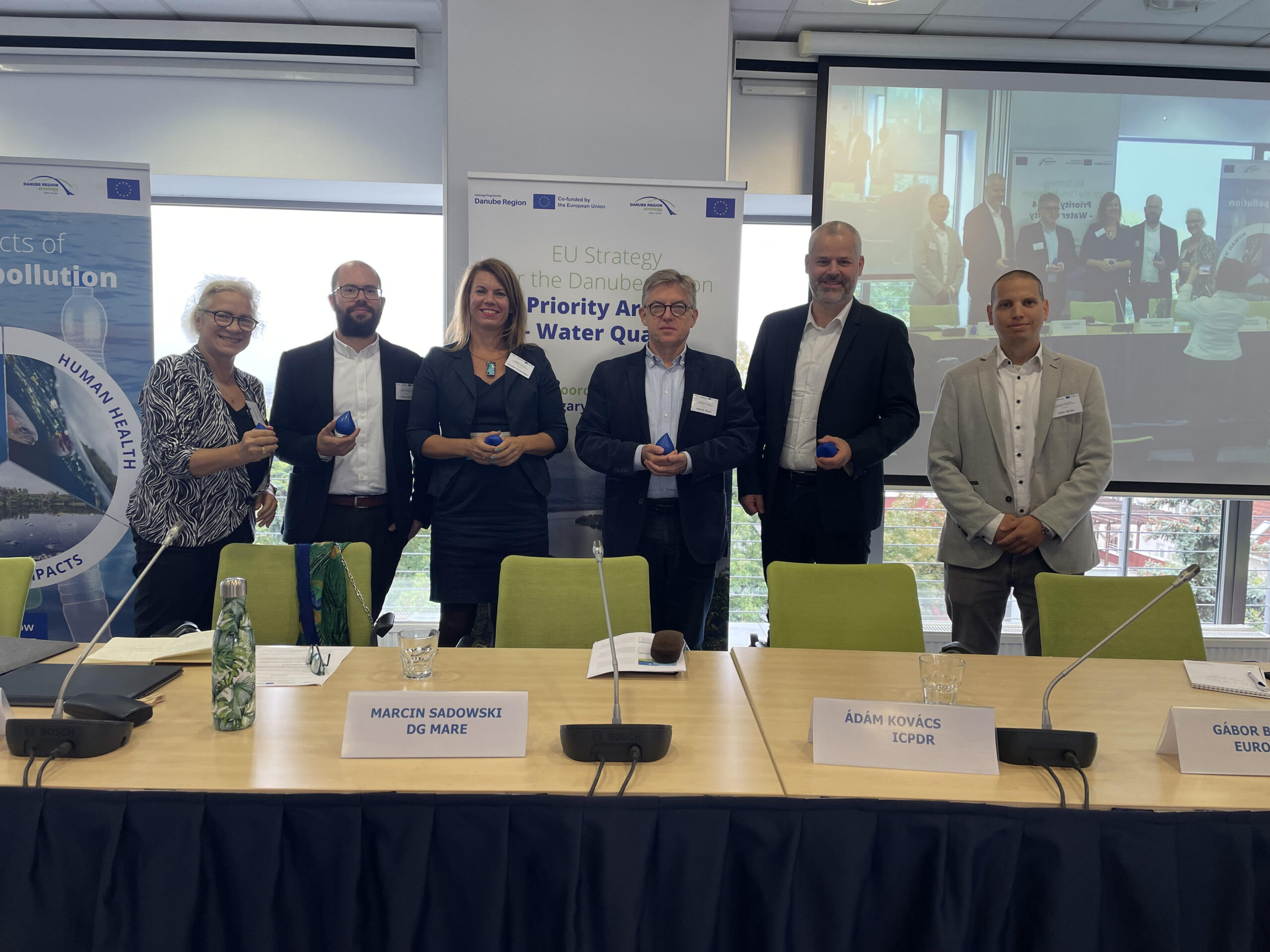From policy makers (DG MARE, EU JRC, WHO, ICPDR) to practitioners, projects and researchers in universities, defined methodologies and protocols, health implications, nanoplastics, citizen science, analytical methods were discussed among participants.
The meeting also covered the development of a harmonized methodology to measure microplastics in drinking water, the importance of wastewater treatment in addressing plastic pollution, and the potential for collaboration and innovation in addressing microplastics in rivers.
Recommended next steps:
• European Commission to consider including microplastics on the watch list for drinking water monitoring.
• Water treatment plant operators to prepare for implementing quaternary treatment to remove microplastics and micropollutants.
• Researchers to continue developing and standardizing methods for sampling and analyzing microplastics in water.
• EU Danube Strategy to consider further discussions about sharing microplastics data and research across projects.
• Project teams to increase collaboration and networking between different microplastics research projects.
• Researchers to conduct more studies on the health impacts of microplastics exposure.
• Water utilities to evaluate technologies for removing microplastics during wastewater treatment.
• Policymakers to consider regulations on primary microplastics sources like textiles and tires.
• Researchers to further investigate microplastics in river sediments and floodplains.
• Project teams to engage more citizen scientists in microplastics monitoring efforts.
• Researchers to develop better models for predicting microplastics transport in river systems.
• Water managers to improve monitoring of microplastics in drinking water sources.
• Researchers to study formation of “plastisphere” microbial communities on microplastics.
• Policymakers to evaluate options for reducing microplastics in sewage sludge applied to land.
• Conference organizers to consider a future event focused on microplastics in bottled water.





